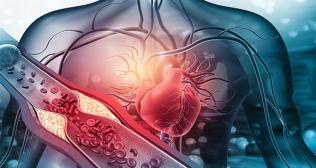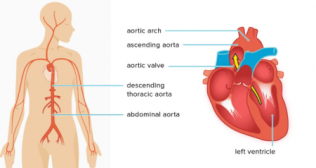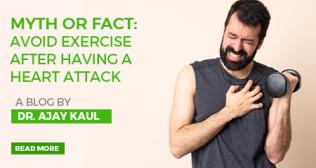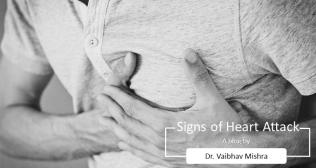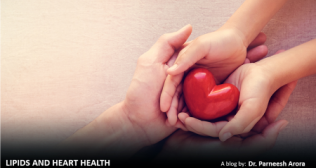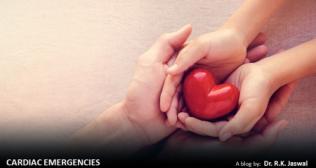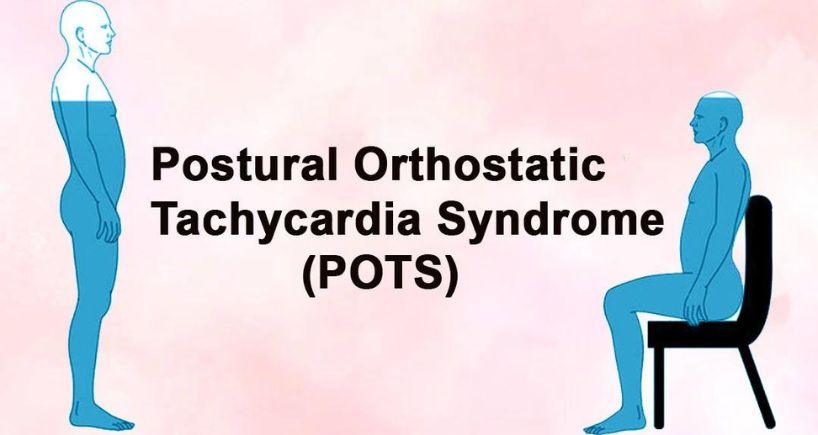
Managing Postural Orthostatic Tachycardia Syndrome (POTS) Effectively
Introduction
PTOS is a form of dysautonomia, meaning a disorder of the autonomic nervous system. ANS regulates functions that are not in our control, such as heart rate, blood pressure, sweating, and body temperature. The main characteristic of POTS is an increase in the heart rate while standing. Normally, the body’s autonomic nervous system balances the heart rate and blood pressure to keep the blood flowing at a normal and healthy pace, no matter which position you are in. POTS patients cannot maintain the balance between the heart rate response and blood vessel constriction. As a result, the body cannot keep the blood pressure steady and stable. Each POTS case is different.
POTS: An overview
POTS is a disorder of the autonomic nervous system, a component of the peripheral nervous system that regulates involuntary physiologic processes, including heart rate, blood pressure, respiration, and digestion. POTS affects the autonomic nervous system and its functions.
What does POTS stand for?
- Postural: Position of the body
- Orthostatic: Standing upright position
- Tachycardia: Increased heart rate
- Syndrome: Group of symptoms
POTS are majorly seen in women compared to men. People who have significant illnesses such as mononucleosis infections, pregnancy, physical trauma like head injury, and autoimmune conditions are more likely to develop POTS. In POTS, when you stand up, 10–15 per cent of the blood in your body settles in the abdomen, legs, and arms, and less blood reaches the brain, which causes light-headedness.
To compensate for the lower amount of blood returning to your heart while standing up, the body releases hormones such as epinephrine and norepinephrine. These released hormones cause the heart to beat faster with more force, referred to as tachycardia (increased heart rate). This results in more blood returning to the heart and brain. People with POTS tend to pool larger amounts of blood when they stand up. The body responds by releasing hormones to cause more constriction of blood vessels, increasing the heart rate.
POTS symptoms
POTS symptoms can develop suddenly or gradually. It has several possible symptoms that vary from person to person. They include:
- Fainting
- Heart palpitations
- Anxiety
- Dizziness or light-headedness
- Excess sweating
- Chest pain
- Headache
- Fatigue
- Dyspnoea
- Brain fog
- Bloating of body
- Discoloration of hands
Causes
- Neuropathic POTS: It is a rare type of POTS. It occurs when there is damage to the nerve fibres that control blood vessel constriction in the abdomen and limbs. As a result of the damage, nerve supply will be lost, leading to poor blood vessel muscles in the abdomen region.
- Hyperadrenergic POTS: It is a type of POTS that occurs when the sympathetic nervous system is hyperactive. It is associated with elevated levels of the stress hormone norepinephrine.
- Hypovolemic POTS: It is a type of POTS caused due to reduced blood volume/low blood volume. It can occur due to dehydration and blood loss due to injuries.
Diagnosis
The diagnostic tests performed to find out the cause and condition of POTS include:
- Blood and urine tests
- OSART (a test that measures the sweating)
- Autonomic breathing test
- Tuberculin skin test
- Skin nerve biopsy
- Echocardiogram
It is difficult for health professionals to diagnose POTS as many symptoms develop over time. The primary test conducted for POTS patients is the Tilt table test, which measures the heart rate and blood pressure at different postures and positions.
POTS treatments
As there is no particular and permanent treatment for POTS, health professionals use many strategies to manage POTS symptoms.
The US FDA has not approved any medications for POTS treatment, but health professionals prescribe certain medications for the treatment of POTS disease, such as:
- Fludrocortisone
- Pyridostigmine
- Midodrine
- B-blockers
Preventive measures
- Exercise and physical activities
- Practise simple yoga and simple walking
- A healthy diet and nutritional food
- Increase sodium in the diet
- Drink plenty of water
- Consume small and frequent meals instead of a few large meals
- Consume high fibre and carbohydrates
Conclusion
In conclusion, though POTS is a complex condition, its symptoms can be easily managed with lifestyle modifications, such as hydration, increased salt intake, and doing enough exercise.
Popular Searches :
Hospitals: Cancer Hospital in Delhi | Best Heart Hospital in Delhi | Hospital in Amritsar | Hospital in Ludhiana | Hospitals in Mohali | Hospital in Faridabad | Hospitals in Gurgaon | Best Hospital in Jaipur | Hospitals in Greater Noida | Hospitals in Noida | Best Kidney Hospital in Kolkata | Best Hospital in Kolkata | Hospitals in Rajajinagar Bangalore | Hospitals in Richmond Road Bangalore | Hospitals in Nagarbhavi Bangalore | Hospital in Kalyan West | Hospitals in Mulund | Best Hospital in India | | Cardiology Hospital in India | Best Cancer Hospital in India | Best Cardiology Hospital in India | Best Oncology Hospital In India | Best Cancer Hospital in Delhi | Best Liver Transplant Hospital in India
Doctors: Dr. Rana Patir | Dr. Rajesh Benny | Dr. Rahul Bhargava | Dr. Jayant Arora | Dr. Anoop Misra | Dr. Manu Tiwari | Dr. Praveer Agarwal | Dr. Arup Ratan Dutta | Dr. Meenakshi Ahuja | Dr. Anoop Jhurani | Dr. Shivaji Basu | Dr. Subhash Jangid | Dr. Atul Mathur | Dr. Gurinder Bedi | Dr. Monika Wadhawan | Dr. Debasis Datta | Dr. Shrinivas Narayan | Dr. Praveen Gupta | Dr. Nitin Jha | Dr. Raghu Nagaraj | Dr. Ashok Seth | Dr. Sandeep Vaishya | Dr. Atul Mishra | Dr. Z S Meharwal | Dr. Ajay Bhalla | Dr. Atul Kumar Mittal | Dr. Arvind Kumar Khurana | Dr. Narayan Hulse | Dr. Samir Parikh | Dr. Amit Javed | Dr. Narayan Banerjee | Dr. Bimlesh Dhar Pandey | Dr. Arghya Chattopadhyay | Dr. G.R. Vijay Kumar | Dr Ashok Gupta | Dr. Gourdas Choudhuri | Dr. Sushrut Singh | Dr. N.C. Krishnamani | Dr. Atampreet Singh | Dr. Vivek Jawali | Dr. Sanjeev Gulati | Dr. Amite Pankaj Aggarwal | Dr. Ajay Kaul | Dr. Sunita Varma | Dr. Manoj Kumar Goel | Dr. R Muralidharan | Dr. Sushmita Roychowdhury | Dr. T.S. MAHANT | Dr. UDIPTA RAY | Dr. Aparna Jaswal | Dr. Ravul Jindal | Dr. Savyasachi Saxena | Dr. Ajay Kumar Kriplani | Dr. Nitesh Rohatgi | Dr. Anupam Jindal
Specialties: Heart Lung Transplant | Orthopedic | Cardiology Interventional | Obstetrics & Gynaecology | Onco Radiation | Neurosurgery | Interventional Cardiology | Gastroenterologist in Jaipur | Neuro Physician | Gynecologist in Kolkata | Best Neurologist in India | Liver Transfer | Best Cardiologist in Delhi








